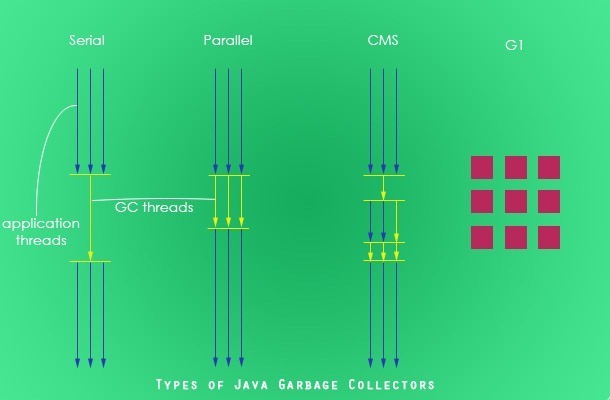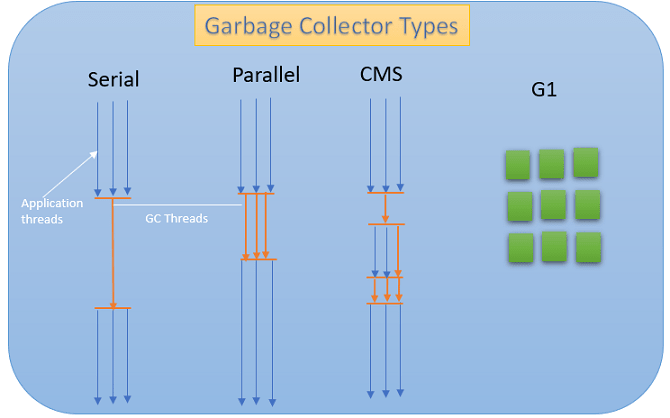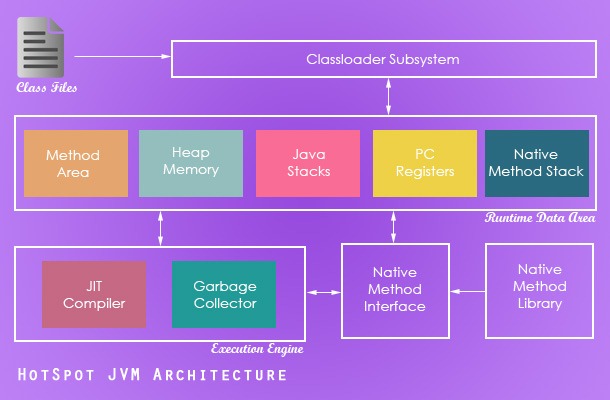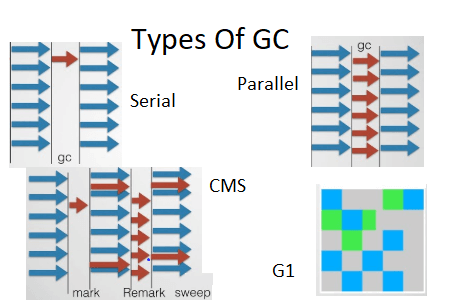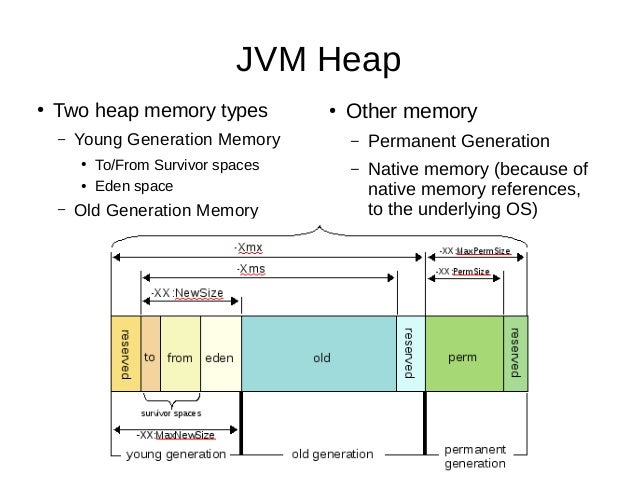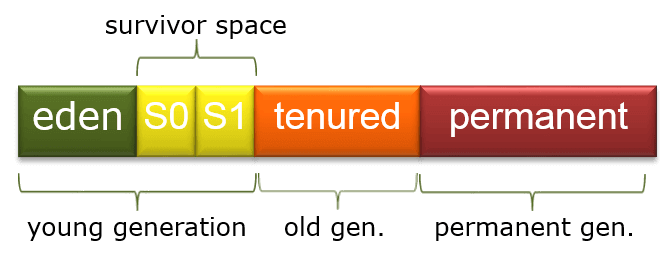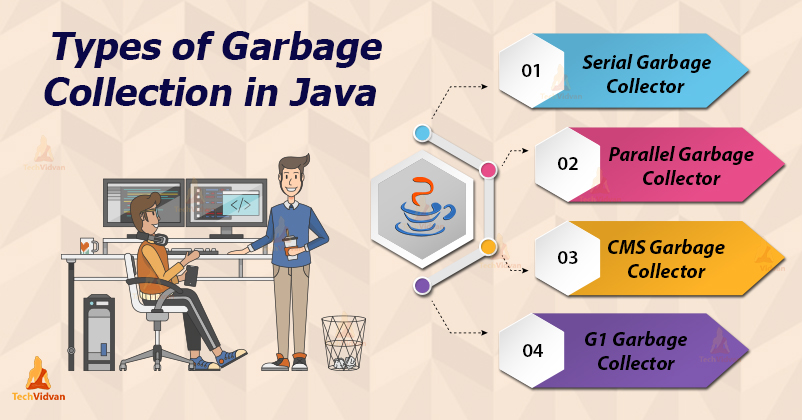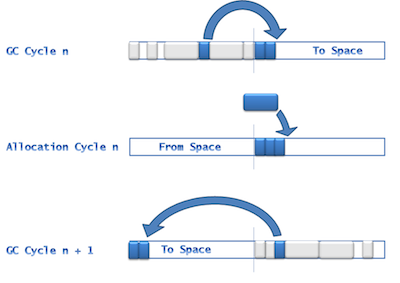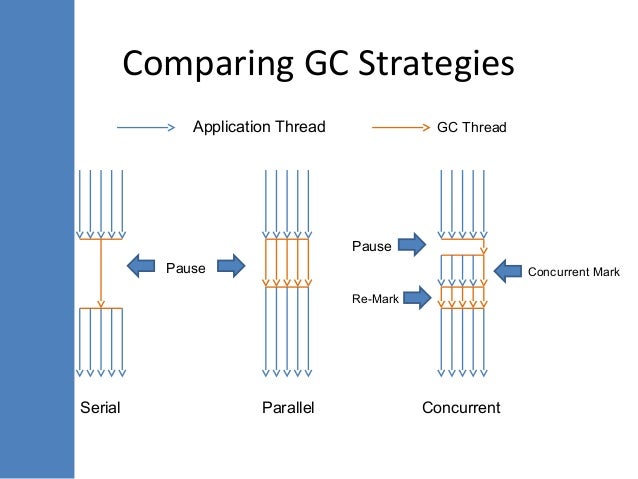Jvm Garbage Collector Types

Basically garbage collector use mark and sweep algorithm to clear unused memory.
Jvm garbage collector types. So here is what we will learn today. This obe covers the basics of java virtual machine jvm garbage collection gc in java. Type of memory corruption. It is also desirable that a garbage collector operate efficiently without introducing long pauses during which the application is not running.
In the first part of the obe an overview of the jvm is provided along with an introduction to garbage collection and performance. This garbage collector introduced in jdk 7 update 4 was designed to better support larger heap size application it uses multiple threads to scan through the heap that it divides into different regions and size of the region depend on heap size of the application this garbage collector scans that region first that contains maximum available garbage object that is reason giving it its name. Similar to serial garbage collector this also freezes all the application threads while performing garbage collection. It is the default garbage collector of the jvm.
Unlike serial garbage collector this uses multiple threads for garbage collection. Types of garbage collection. Parallel garbage collector is also called as throughput collector. This video covers understanding jvm memory heap garbage collection and monitoring the jvm using jvisual vm.
That is live data must never be erroneously freed and garbage should not remain unclaimed for more than a small number of collection cycles. A garbage collector must be both safe and comprehensive. To deallocate unused memory garbage collector track all the objects that are still in use and it marks the rest of the object as garbage. Next students are provided a step by step guide to how garbage collection works inside the jvm.
If we use this gc we can specify maximum garbage collection threads and pause time throughput and footprint heap size.
